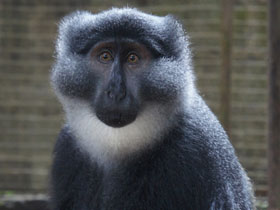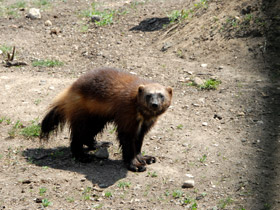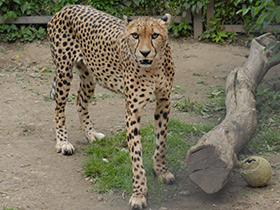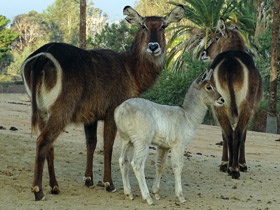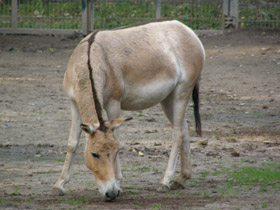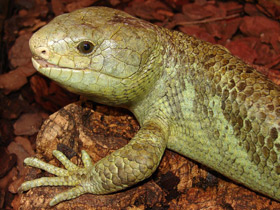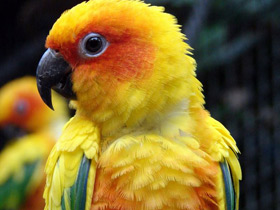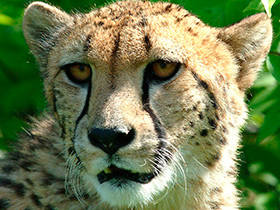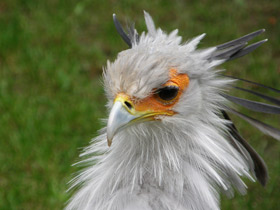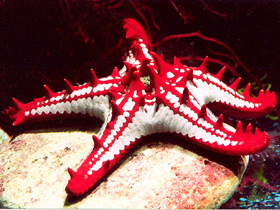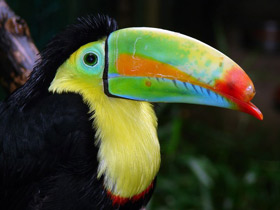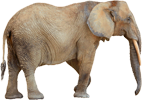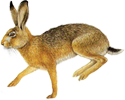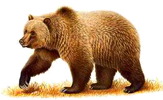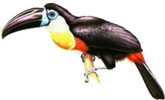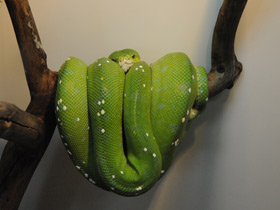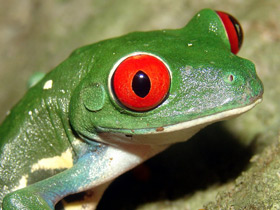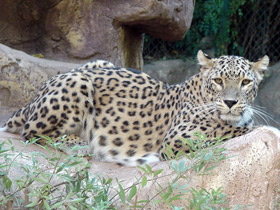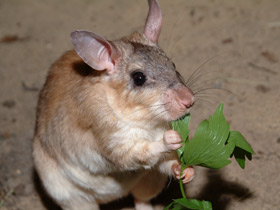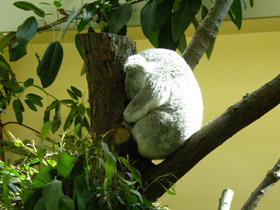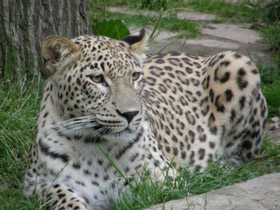The Preuss's monkey (Allochrocebus preussi or Cercopithecus preussi), Preuss's guenon
The Preuss's monkey (Allochrocebus preussi or Cercopithecus preussi), also known as Preuss's guenon, is a diurnal primate that lives terrestrially in mountainous (up to 2500 m) forests of eastern Nigeria, western Cameroon and Bioko in Equatorial Guinea. It was formerly classified as a subspecies of the L'Hoest's monkey (Allochrocebus lhoesti).
Pruess's monkey is currently classified as a member of the genus Allochrocebus. It was formerly considered a member of the genus Cercopithecus.
Appearance
Allochrocebus preussi or Cercopithecus preussi is a species of catarrhine primate belonging to the family Cercopithecidae. A distinctive feature in the appearance of Cercopithecus preussi is the white throat patch. The tail is long and twisted. The coat is grey or black, with a brown patch on the back. Sexual dimorphism is evident, with males being slightly larger than females. Body length averages 47.7 cm.
Distribution
Occurs in western Cameroon, eastern Nigeria and Bioko Island. Prefers upland forests and foothills, rising up to 2,500 m above sea level.
Nutrition and lifestyle
They are tree-dwelling animals, but often come down to the ground. Their diet includes fruits, seeds, leaves and flowers. They form groups of 2 to 12 individuals. The group has a dominant male and several females with young.
Subspecies
Cercopithecus preussi is traditionally placed in the genus Cercopithecus, but some primatologists place it in the genus Allochrocebus.
There are two subspecies of Preuss's monkey:
- Cameroon Preuss's monkey, Cercopithecus preussi preussi;
- Bioko Preuss's monkey, Cercopithecus preussi insularis.
Cercopithecus preussi on the Red List
The International Union for Conservation of Nature (IUCN) has given this species the status of "endangered". In 2008 the population was estimated to have declined by more than 50% in 27 years (3 generations). The main threats to the species are hunting and habitat destruction.









